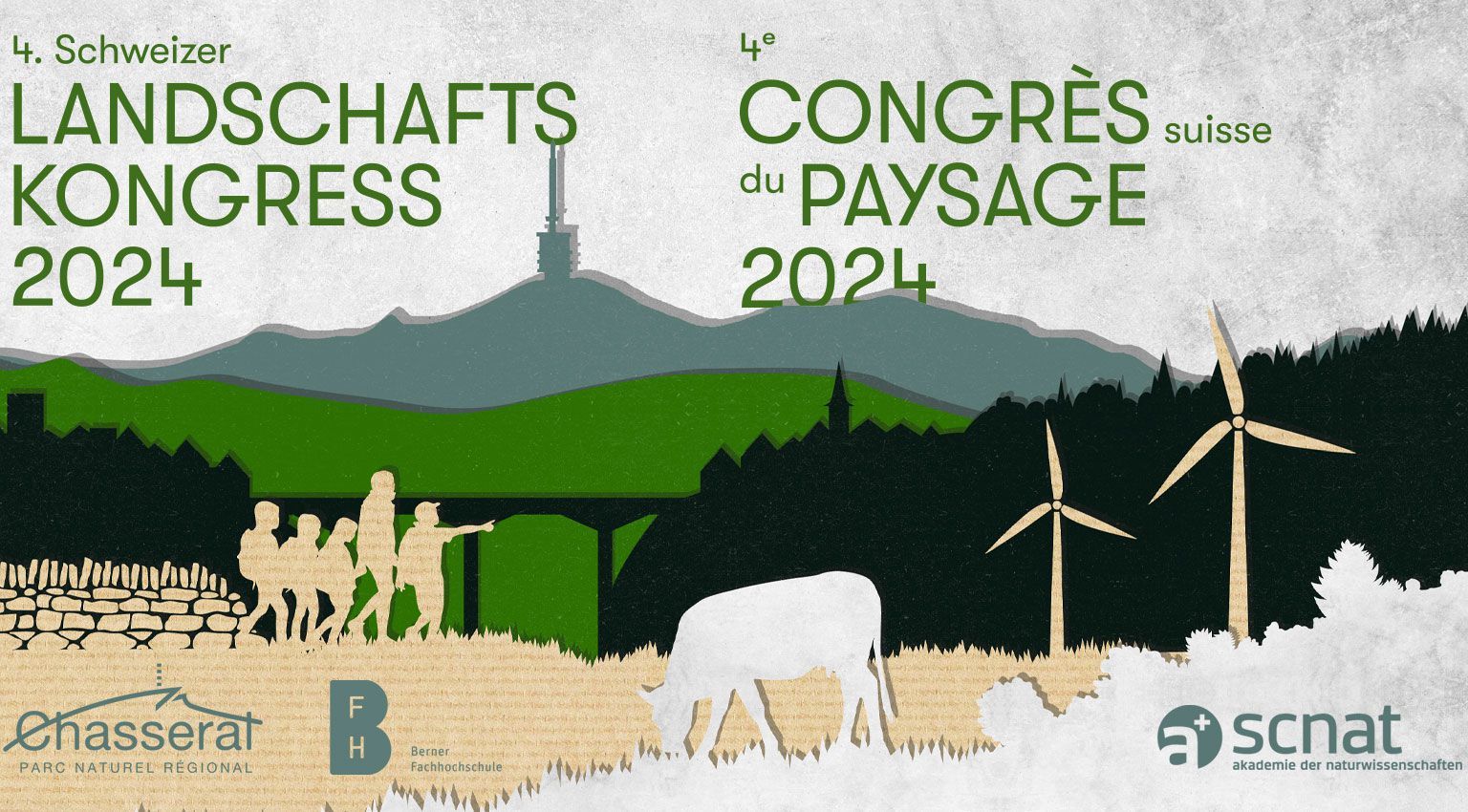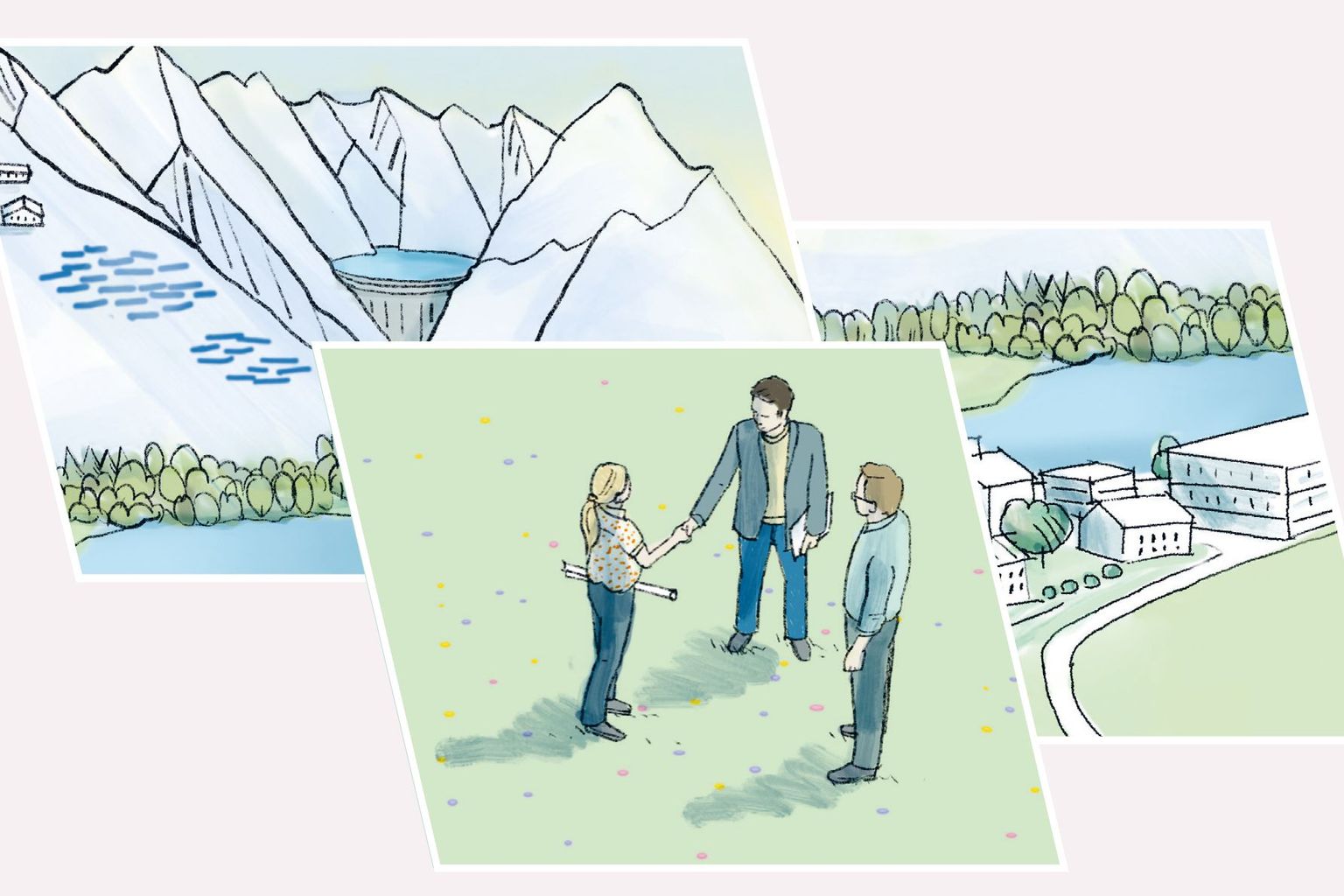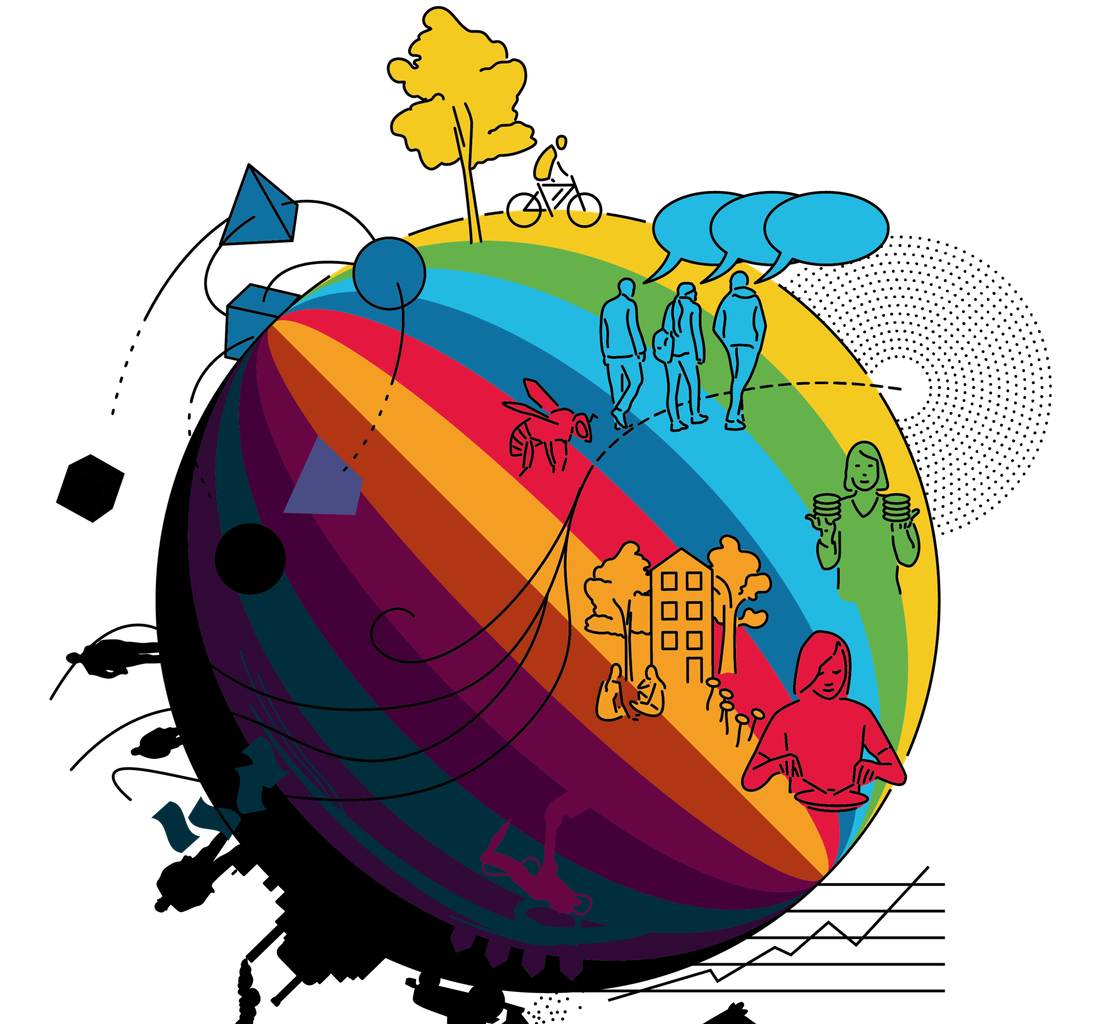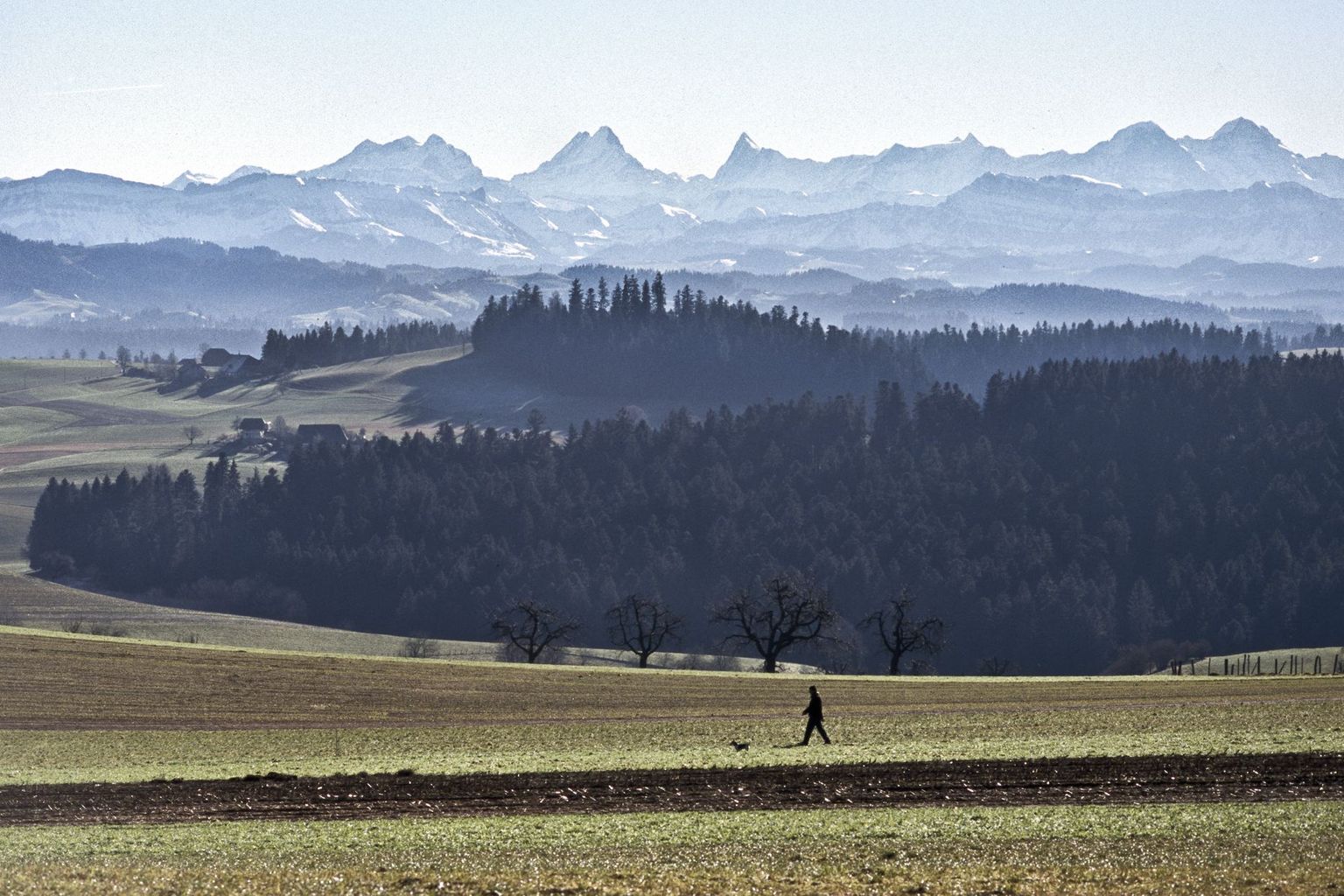News FoLAP
News

Assistent·in 20% Forum Landschaft, Alpen, Pärke
Auf den Herbst 2024 (genauer Stellenantritt nach Absprache) suchen wir für das Forum Landschaft, Alpen, Pärke eine Assistentin oder einen Assistenten.
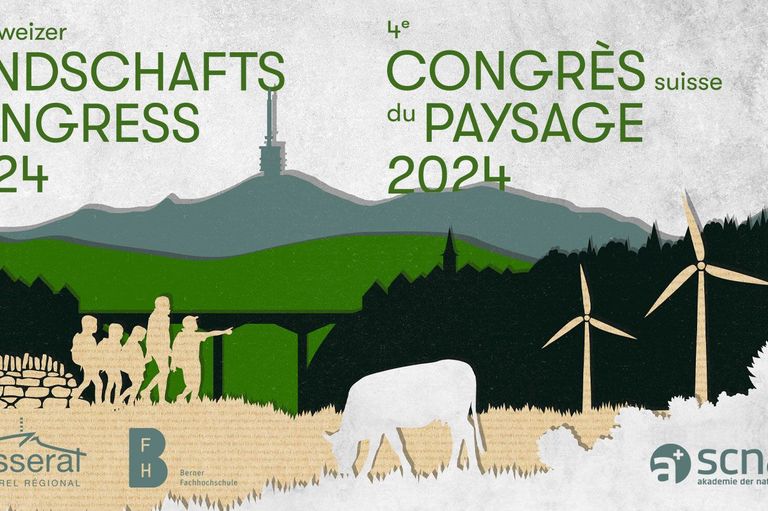
4. Schweizer Landschaftskongress – jetzt anmelden!
Ab sofort können sich Interessierte für den 4. Schweizer Landschaftskongress anmelden, der am 5./6. September 2024 in Tramelan und Bellelay stattfindet.
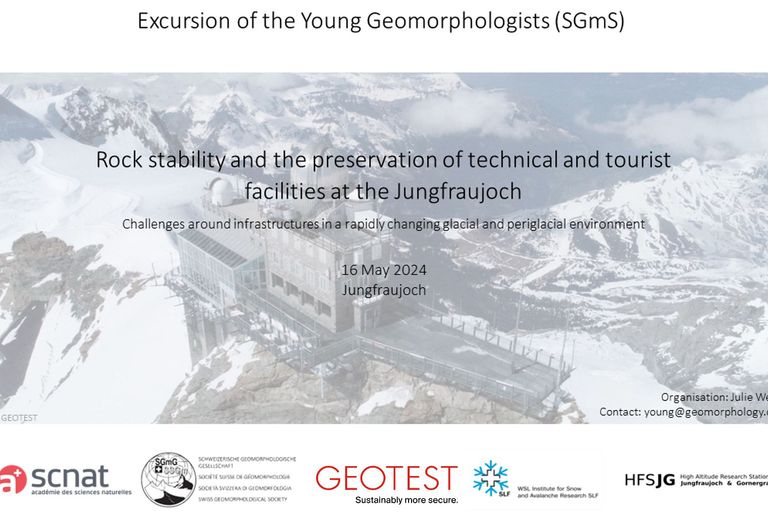
Excursion of the Swiss Young Geomorphologists (SGmS)
Rock stability and the preservation of technical and tourist facilities at the Jungfraujoch : challenges around infrastructures in a rapidly changing glacial and periglacial environment
Image: SSGm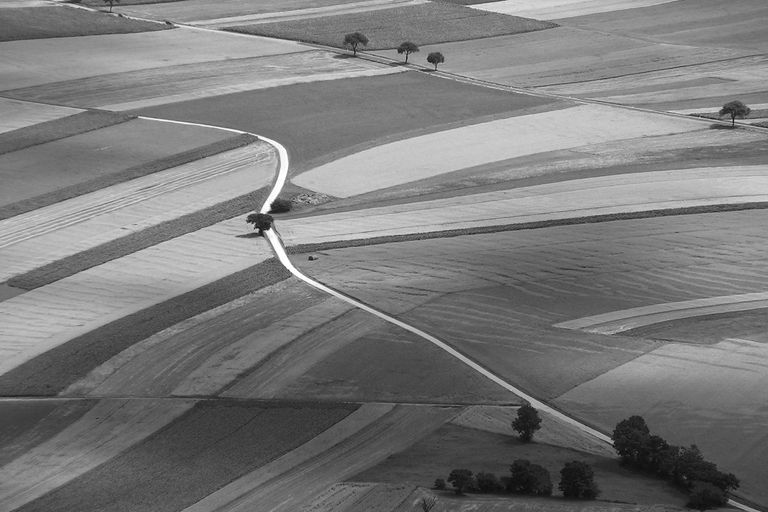
Call: Entanglement of farming and tourism
The upcoming summer school at University of Innsbruck (September 18-22) «Entanglements of farming and tourism» aims to illuminate entanglements in different ways. The organizers are looking for contributions.
Image: momosu, photocase.de
Gilles Antoniazza listens to the mountain riverbeds
Prix Schläfli 2024 Geosciences: Flooding events in Alpine rivers can cause major damage. Gilles Antoniazza's doctoral thesis provides new approaches towards a better understanding of bed load transport. He has been awarded the Prix Schläfli Geosciences in recognition of this work.
Image: Maxime Mellina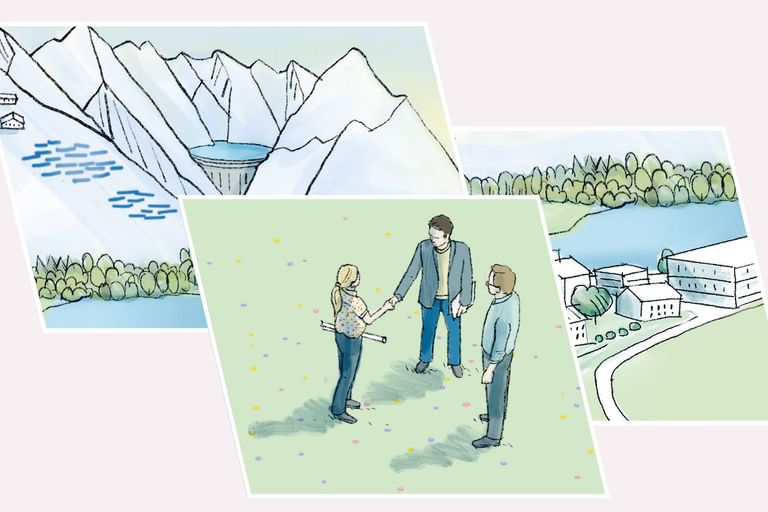
Kriterien für eine konfliktarme Planung von Energieanlagen ausserhalb der Bauzone
Die Akademien der Wissenschaften Schweiz haben gemeinsam mit Fachleuten Kriterien entwickelt, um geeignete Gebiete zum Bau von Energieanlagen ausserhalb von Bauzonen zu finden, die Biodiversität und Landschaft möglichst wenig beeinträchtigen. Die Kriterien können Kantone bei der Richtplanung und Energieversorger bei der Planung von Solar-, Wind- und Wasserkraftanlagen unterstützen.
Image: Sandra SchwabNetzwerktreffen «Menschen und Berge»
Das zweite Treffen des Netzwerkes «Menschen und Berge» findet am 27. Mai 2024 in Sion statt. Die Tagung steht unter dem Motto: Zusammenleben in den Bergen.
Image: Nora Leszczynski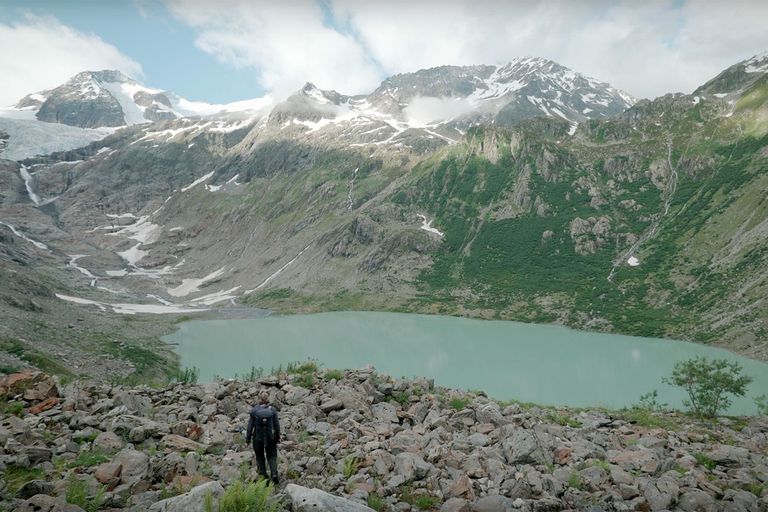
Zweite Ausgabe des Bergwelten Filmfestival in Stans
Vom 29. Mai – 2. Juni werden in der Aula des Kollegiums St. Fidelis, der neuen Festivallocation, und im Theater Stans während fünf Tagen eine Vielzahl von Kurz- und Langfilmen zu Bergen und Umwelt gezeigt. Zahlreiche Filmschaffende werden ihre Werke persönlich präsentieren und sich den Fragen des Publikums stellen.
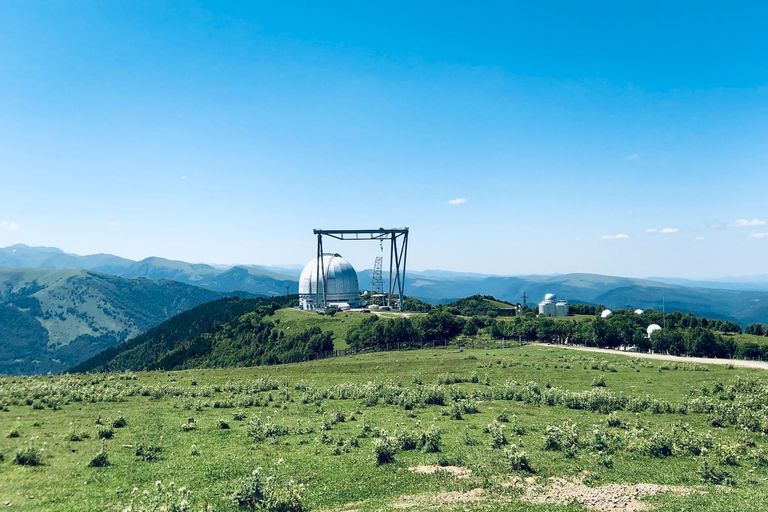
GEO Mountains: Small Grants Programme 2024–2025
GEO Mountains has launched a new small grants call for project proposals that explicitly explore mountain monitoring, data, and information. Up to two projects per region are supported with a contribution of up to CHF 10,000. Deadline for proposals: 3 June 2024.
ForumAlpinum 2024 - Program online
ForumAlpinum 2024 titled "The Alps – a Refuge of Bio- and Geodiversity?" will focus on biodiversity and geodiversity that are under severe threat - worldwide and especially in sensitive ecosystems like the Alps. This ForumAlpinum will identify hotspots of bio- and geodiversity, their monitoring and management in the Alps, analyse land use conflicts and their impact on bio- and geodiversity, and assess the relevance of bio- and geodiversity protection in the regional, national or international context to discuss possible solutions.
Image: Lena KropivšekContact
SCNAT
Forum Landscape, Alps, Parks (FoLAP)
House of Academies
PO Box
3001 Bern
Switzerland
Seed Money / Support of projects
Student papers
SCNAT's Sustainability Research Initiative focuses on sustainability and spatial development in its white paper
The file landscape of the Forum Landscape, Alps, Parks offers an overview of current topics and discourses in the field of landscape. It contains scientific reports, fact sheets and publications from research centers, research-related institutions, internationally recognized bodies and federal offices. It is aimed at policy makers, the scientific community, landscape practitioners and the interested public.

